I recall sitting down to do a crossword puzzle and one of the questions asked for a five-letter food name. The first letter was J, so I searched my brain for foods that started with J. That’s when I realized I only knew a few. This fueled my desire to research and discover other food names beginning with J.
That being said, if you want to improve your vocabulary, you’ve come to the correct place. Several foods begin with the letter “J”. Some of these meals may be familiar to you, and you might like eating and cooking them.
However, there are likely several that you have never heard of. From well-known foods like jambalaya and jalapenos to others you’ve probably never heard of like jook and jackfruit. Here’s a list of meals that begin with J.
Foods That Start With “J”
Taken from all around the world, let’s dive into the top 20 foods that start with J.
1. Jambalaya

Jambalaya is a flavorful and hearty dish from the multicultural region of Louisiana, USA. It is a one-pot wonder that combines French, Spanish, and West African culinary influences. It consists of rice, meats, and vegetables infused with a rich spice blend.
Its name is thought to have West African origins, with “jollof” rice potentially serving as an etymological predecessor. Jambalaya comes in various flavors, the most common being Creole and Cajun.
Creole jambalaya typically includes tomatoes, whereas Cajun versions do not. The dish frequently features a combination of proteins like sausage, chicken, and seafood.
3. Jollof Rice

Jollof rice is a staple of West African cuisine. It is a vibrant and flavorful dish with a long history. Jollof rice originated with the Wolof people of Senegal and has become a popular dish throughout the region, with each country adding its own unique twist.
Rice is typically cooked in a tomato-based sauce infused with spices and served with various proteins such as chicken, fish, and vegetables. The debate over who makes the best Jollof rice — Nigeria, Ghana, or Senegal — adds a playful rivalry to the dish.
3. Jota
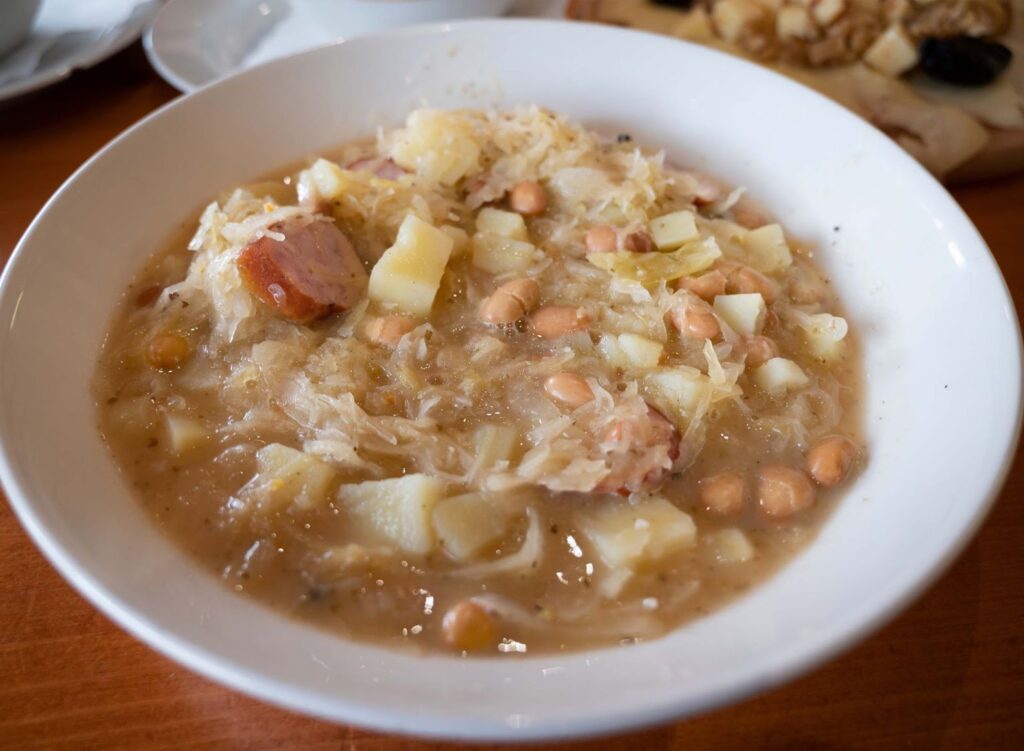
Jota is a traditional Slovenian soup that showcases the country’s rich cultural heritage. It is a hearty dish that hails the Alpine region, particularly Carniola. It is made with beans, sauerkraut, potatoes, and smoked pork.
The name “Jota” is derived from the Venetian word “giotta”. This warm soup is popular during the cold winter months, providing both sustenance and comfort.
4. Jellied Eel

Jellied eel is a staple of British cuisine. While its popularity has declined in recent years, jellied eel still remains a nostalgic dish for some. It originated in London’s East End and represents traditional British seafood fare. This dish was originally a cheap and plentiful food source from the Thames River.
Eels were plentiful in the river, and their gelatinous texture made them ideal for jellied preparation. The dish consists of boiling eels and then immersing them in a spiced broth until they form a natural jelly.
5. Jasmine Rice
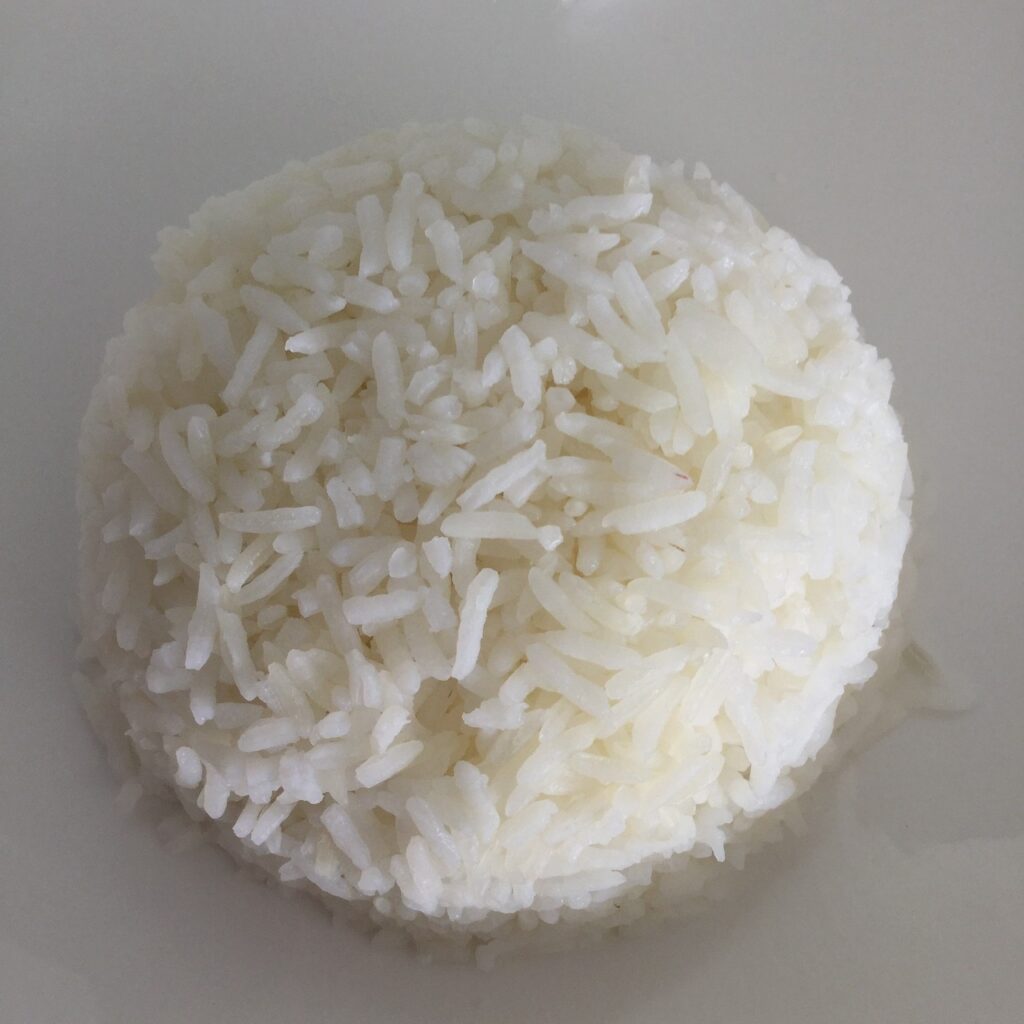
Jasmine rice is a long-grain rice variety native to Thailand. It is known for its fragrant aroma and delicate flavor. This rice is named after the fragrant jasmine flower, which has been cultivated in Southeast Asia for centuries. Jasmine rice has a slightly sticky texture and a distinct floral scent.
It is a Thai, Vietnamese, and other Southeast Asian cuisine staple. It’s a versatile grain that pairs well with many dishes, from curries to stir-fries.
6. Jerky
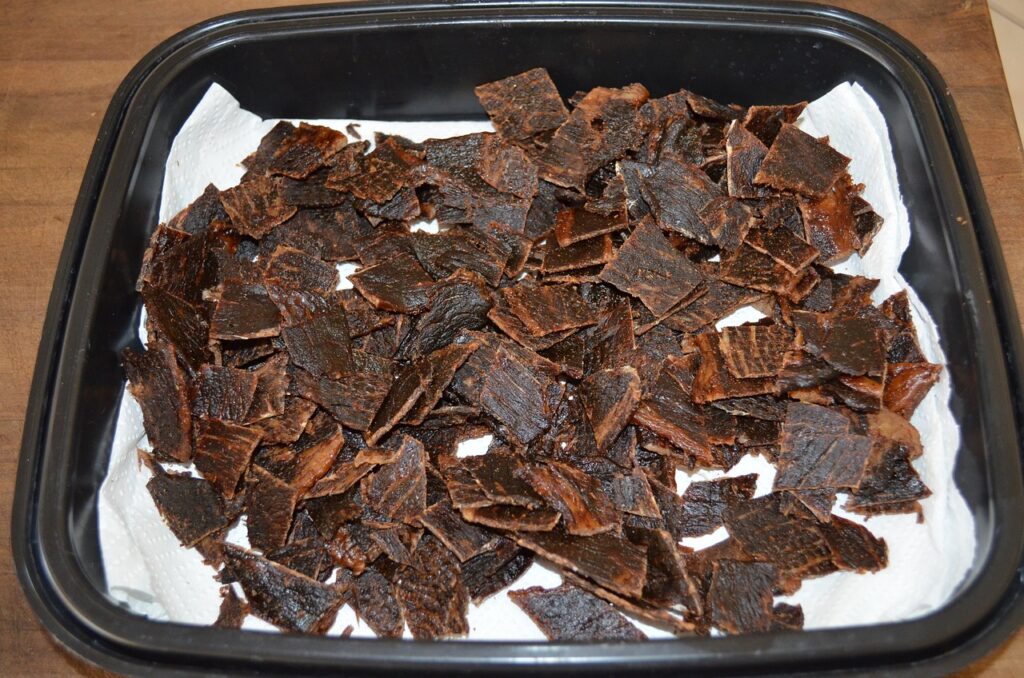
Jerky is a savory and protein-rich snack, that has a fascinating history spanning thousands of years. Native American tribes and South American civilizations, such as the Quechua and Inca, are known to have made jerky. The term “jerky” is derived from the Quechua word “ch’arki,” which means dried and salted meat.
Modern jerky varieties include chicken, turkey, pork, and exotic game in addition to beef, which was traditionally used. This dehydrated treat is popular worldwide due to its portability, and long shelf life. This makes it a popular snack for campers, hikers, and foodies alike.
7. Jicama
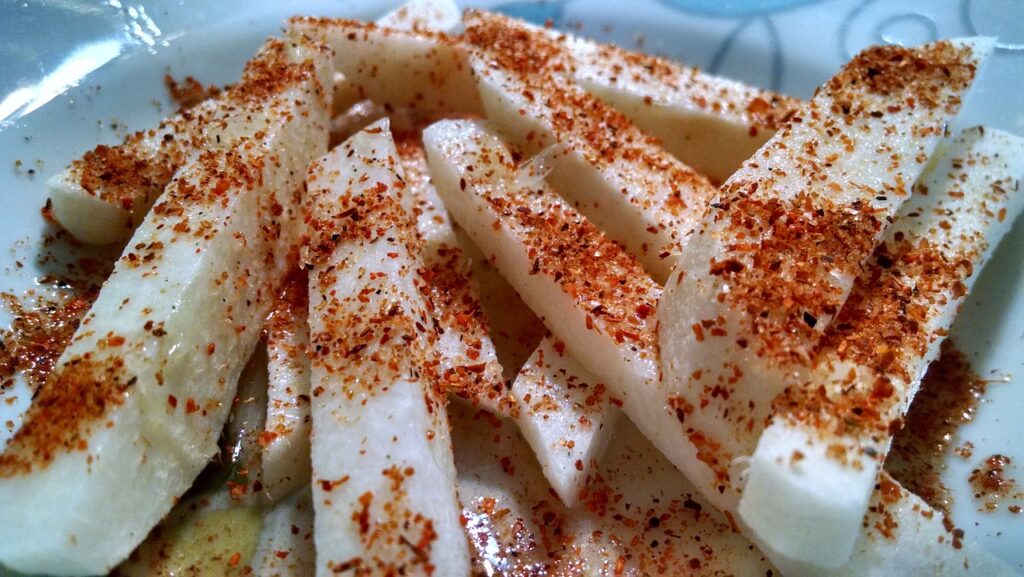
Jicama is a crunchy and refreshing root vegetable that originated in Central America, specifically Mexico. This tuberous root, known botanically as Pachyrhizus erosus, is a legume. Jicama has a mildly sweet and starchy taste and can be eaten raw or cooked. This low-calorie, hydrating vegetable is also frequently added to salads, slaws, and snacks.
8. Jerusalem Artichoke
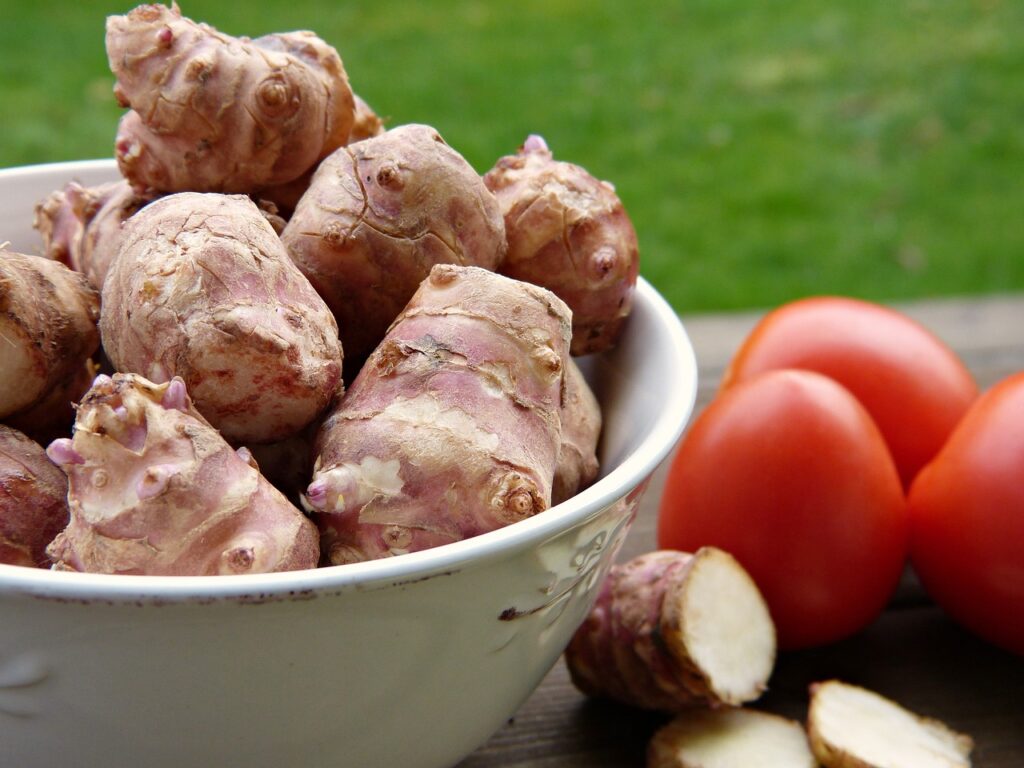
The Jerusalem artichoke, also known as Helianthus tuberosus, is a versatile and nutty-flavored tuber native to North America. Contrary to its name, it is not an artichoke and did not originate in Jerusalem.
The name is thought to be a corruption of the Italian word “girasole,” meaning sunflower, to which it is botanically related. Indigenous peoples in North America cultivated it before European settlers brought it to Europe.
This knobby root vegetable has a sweet and earthy flavor, similar to water chestnuts, and can be eaten raw or cooked. Jerusalem artichokes are high in inulin, a prebiotic fiber that has been linked to improved gut health.
9. Jocoque

Jocoque is a cultured dairy product with roots in traditional Mexican cuisine. This fermented milk product is similar to yogurt and sour cream but has a distinct flavor and texture. The word Jocoque is derived from the Nahuatl word “xocoatl,” which means sour.
It is traditionally made by fermenting milk with lactic acid bacteria. It has a creamy consistency and a tangy flavor, and it is frequently used in Mexican dishes to add depth and richness. It is frequently served as a topping for tacos, soups, or simply as a dip.
Jocoque is also renowned for its probiotic content, which promotes digestive health.
10. Jook

Jook, also known as congee, is a nutritious rice porridge with roots in East Asian cuisine. It originated in China and has since become a popular dish in many Asian cultures. The rice is slow-cooked in water or broth until smooth and thick.
Jook is more than just a dish; it has cultural significance as a comfort food and is mostly served during the cold season. There are variations throughout Asia, with various toppings such as pickled vegetables, meats, or century eggs.
11. Jewish Rye Bread
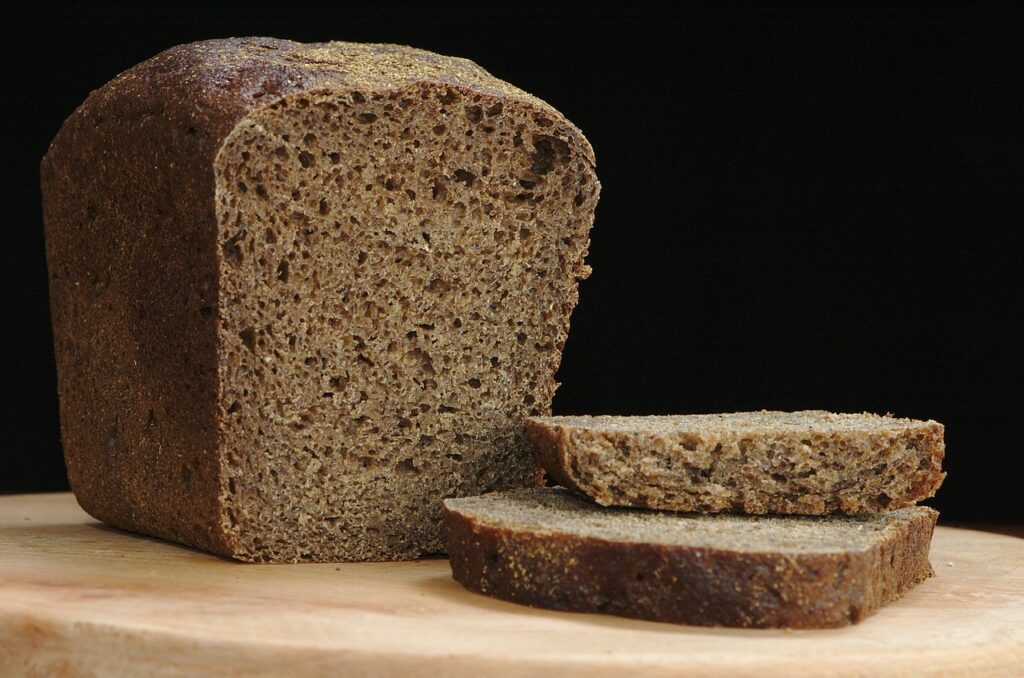
Jewish Rye Bread is a beloved Jewish cuisine staple. It is a flavorful and dense bread that originated in Eastern European Jewish communities. This iconic bread, also known as “rye bread” or “deli rye,” is typically made with a combination of rye flour and wheat flour. This gives it a distinct flavor and density.
In the late 1800s, Jewish immigrants introduced rye bread to America, where it became synonymous with deli sandwiches.
12. Jamaican Ginger Cake
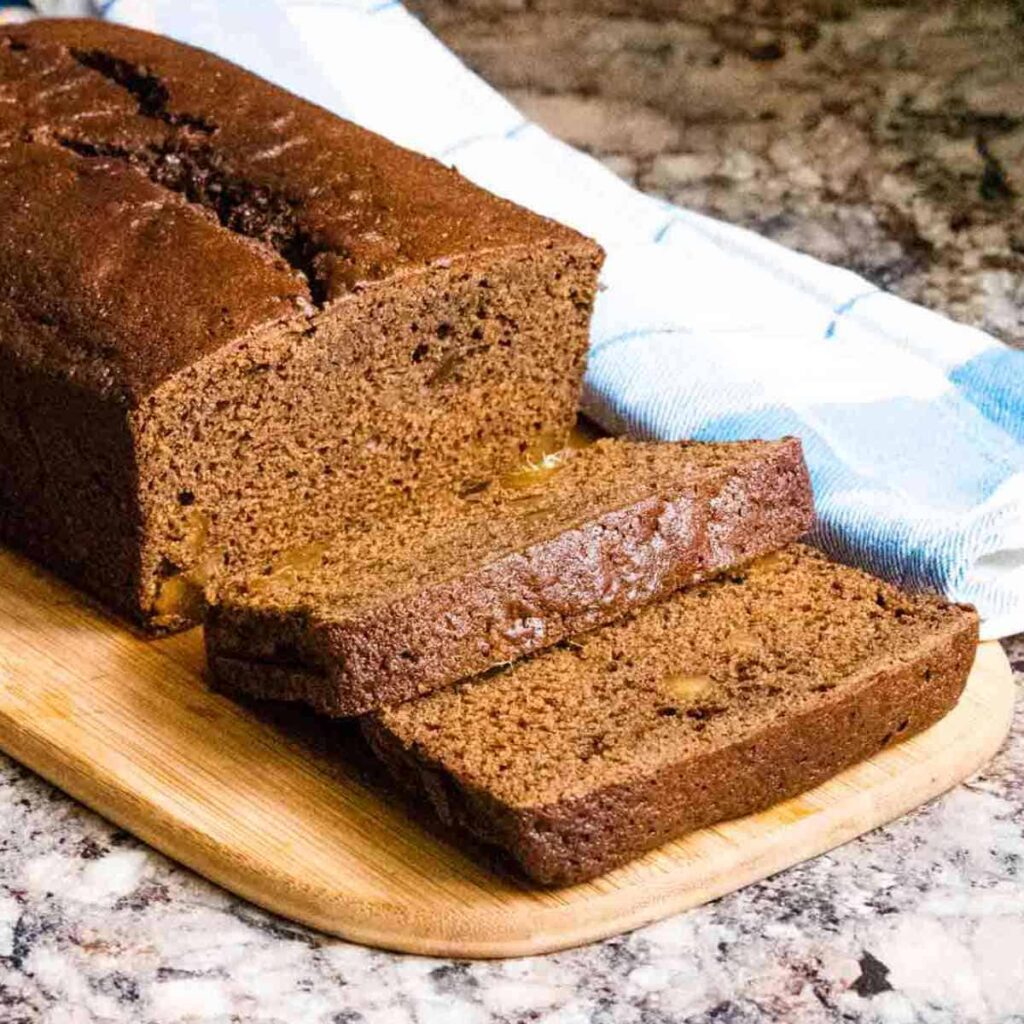
Jamaican ginger cake is a spiced dessert that originated in Jamaica. This moist and flavorful cake is known for its rich blend of spices, particularly ginger. The cake’s origins can be traced back to the island’s historical ties to British colonization when British baking traditions merged with Jamaican flavors. This cake is often served with a cup of tea or as a sweet treat.
13. Johnnycake
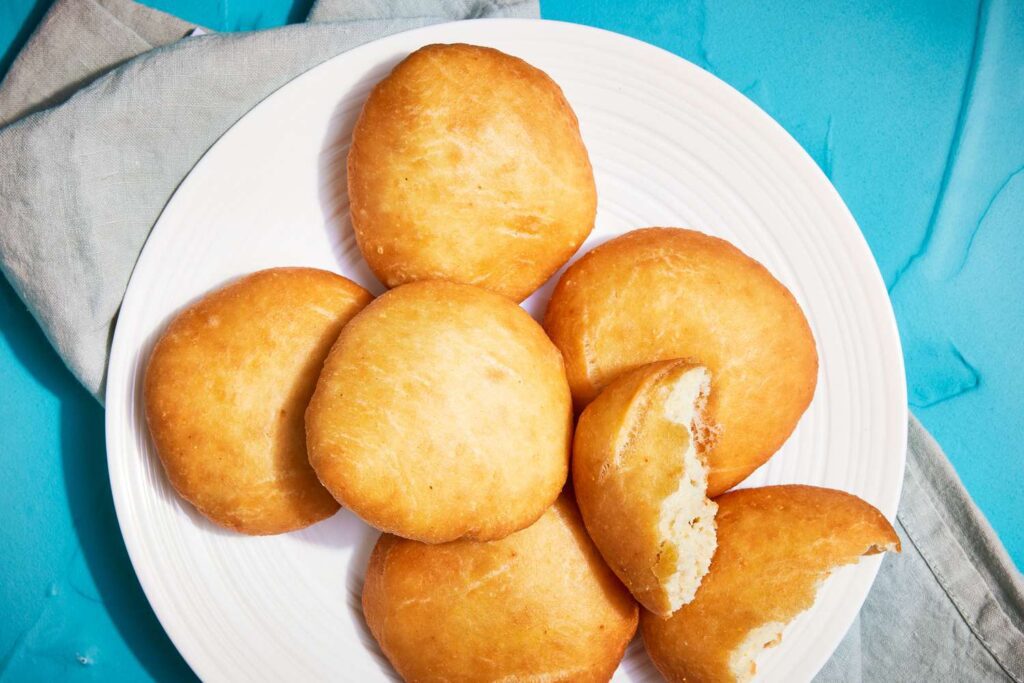
Johnnycake is a traditional American dish made of flatbread or cornmeal with roots in Native American and early colonial cuisines. Johnnycakes, also known as “hoecakes” or “journey cakes,” were popular among pioneers and settlers because of their simplicity.
Johnnycakes are made by combining cornmeal, salt, and water before cooking on a hot surface or over an open flame. Recipes have evolved, incorporating various ingredients such as flour, milk, and eggs. Today, Johnnycakes are popular throughout the United States.
14. Jaffa Cakes
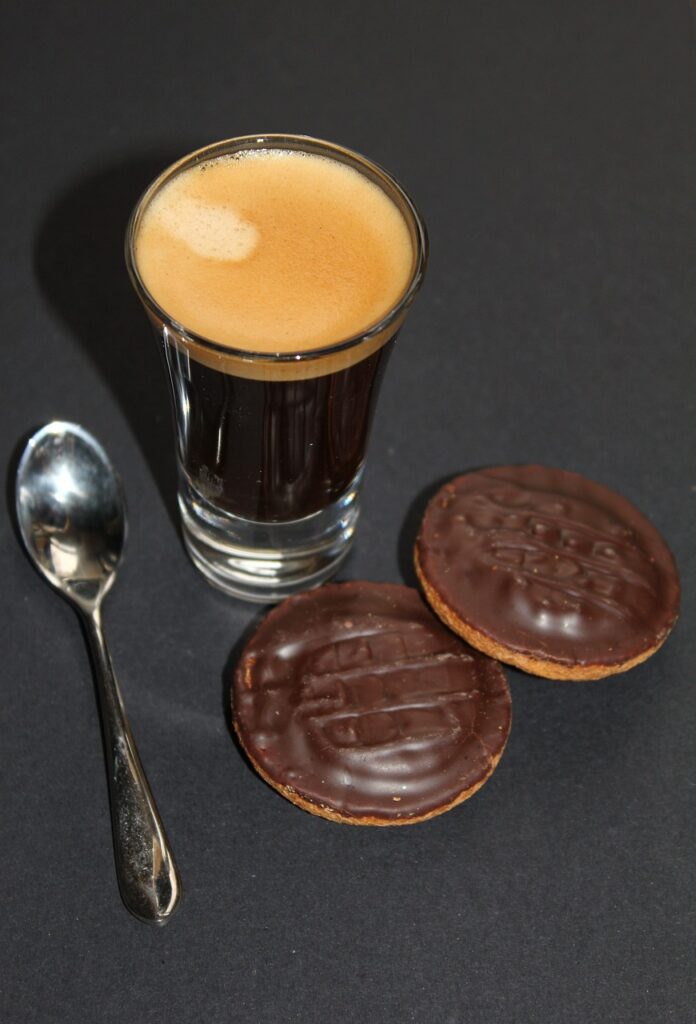
Jaffa Cake is a popular British confection which is a one-of-a-kind treat that blurs the distinction between cake and biscuit. McVitie introduced it to the UK in 1927, and it became famous for its unique combination of sponge cake, orange-flavored jelly, and chocolate coating.
Jaffa Cakes are named after the Israeli city of Jaffa, which is famous for its oranges. The zesty jelly honors this connection. The classification dispute between cakes and biscuits resulted in a legal case in 1991.
McVitie successfully argued that Jaffa Cakes should be classified as cakes due to their texture. Jaffa Cakes are still a popular teatime treat in the UK and beyond.
15. Jalapeños

Jalapeños are small green or red chili peppers that are popular in Mexican and Tex-Mex cuisines due to their spicy flavor. They have a moderate heat level, making them versatile in salsas, sauces, and other dishes. They are high in vitamins A and C, making them a healthy addition to any diet. Jalapeños are now cultivated globally and are a culinary favorite that can be used fresh, pickled, or dried.
16. Jello
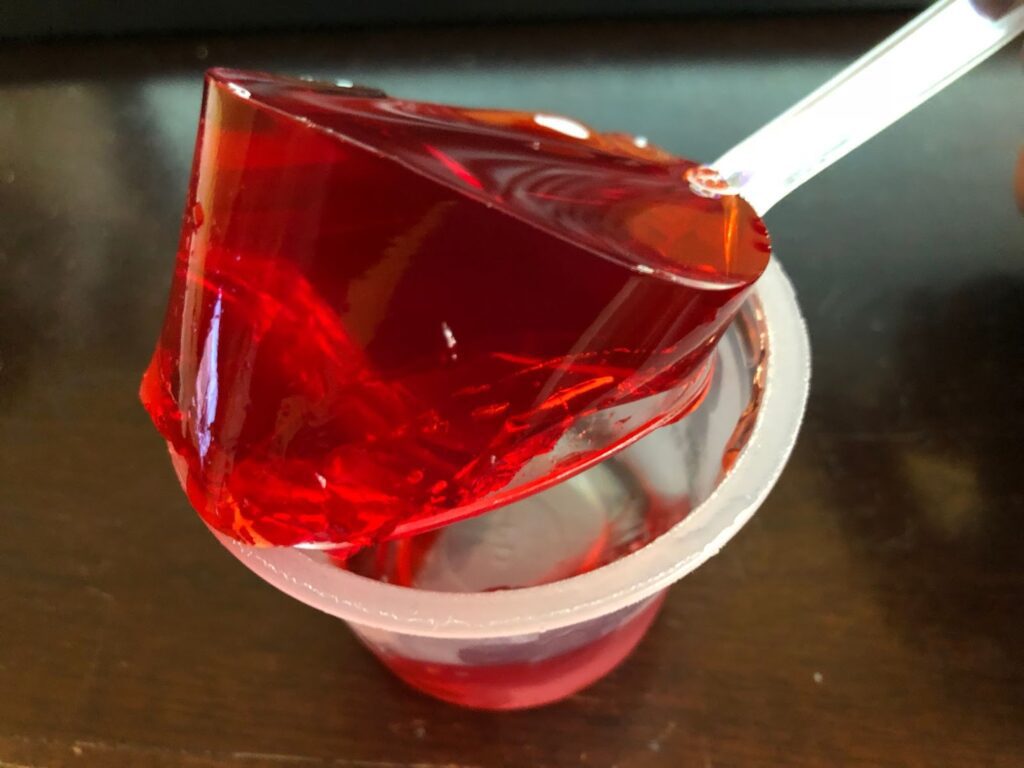
We all know Jello! The wobbly and colorful dessert is a famous kids’ favorite. Jello was invented in the late 1800s and popularized by Jell-O, a brand acquired by Kraft Foods.
The main ingredient, gelatin, comes from collagen found in animal connective tissues. Jello’s popularity is due to its convenience, ease of preparation, and ability to take on different shapes and flavors.
Jello is now a classic dessert that can be enjoyed in salads, molds, and as a playful, jiggly treat for all ages.
17. Jellybeans
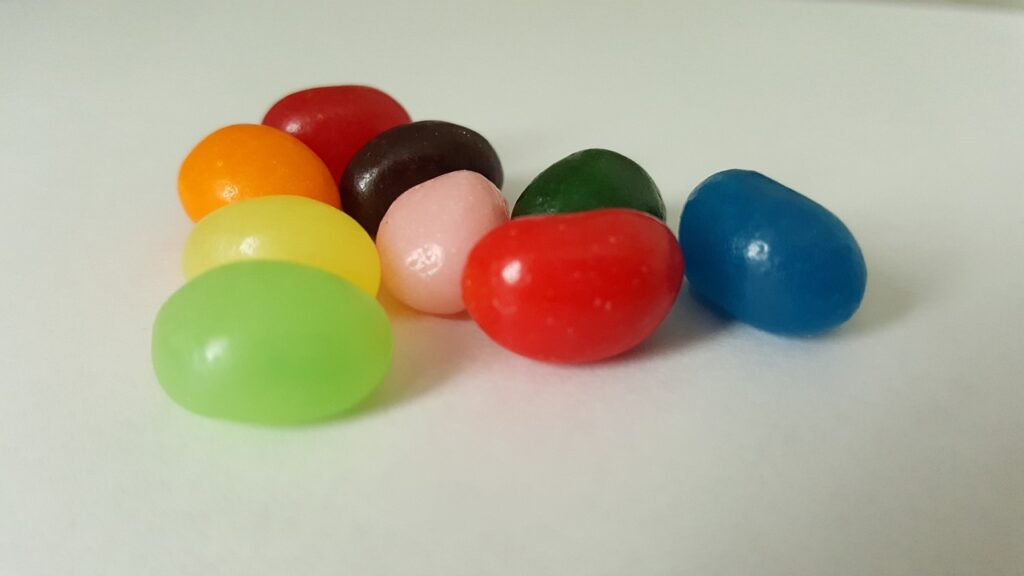
Jellybeans are delightful and colorful bite-sized candies. Did you know this sweet delicacy has a history that goes back to ancient times when Turkish delight-like confections were made? Now you know! Their hard candy shell, soft chewy interior, and variety of flavors have made them a popular treat.
18. Jaboticaba
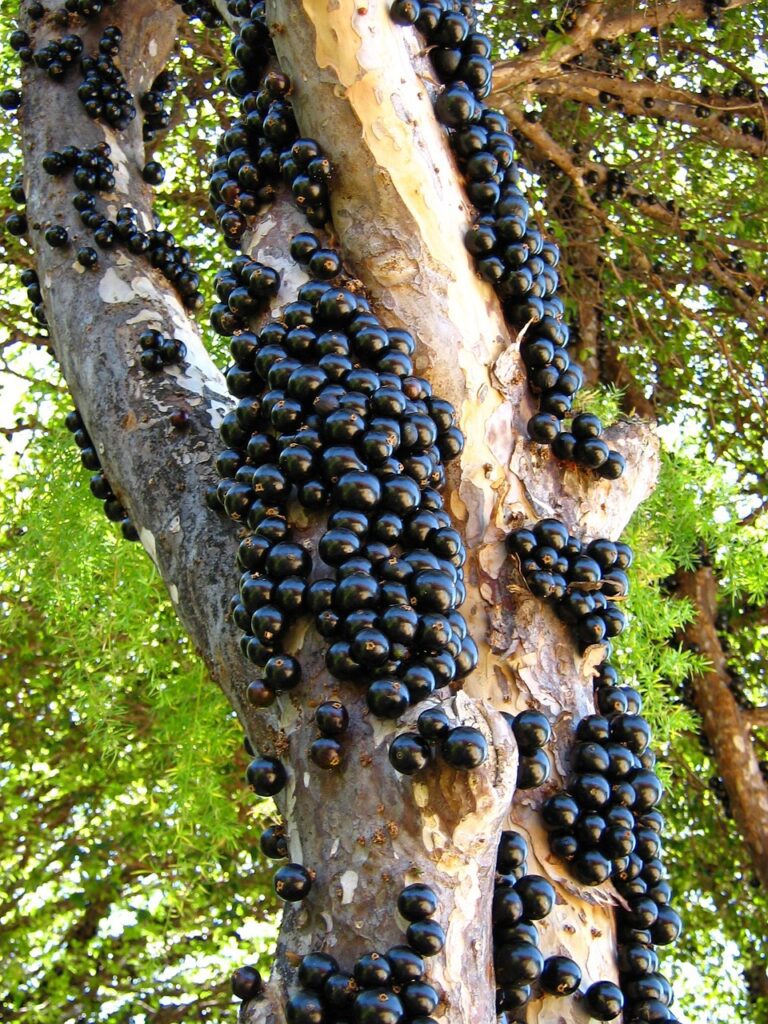
Jaboticaba is a distinctive and exotic fruit, that is native to Brazil and other parts of South America. It is also known as the Brazilian grape tree. Jaboticaba grows directly on the trunk and branches, giving it a fascinating grape-like appearance.
These fruits have a sweet and tart flavor and are commonly used to make jellies, and wines, or eaten fresh. Jaboticaba trees thrive in subtropical climates and are adaptable, making them popular in home gardens. Jaboticaba is very high in antioxidants, vitamins, and minerals.
19. Jackfruit
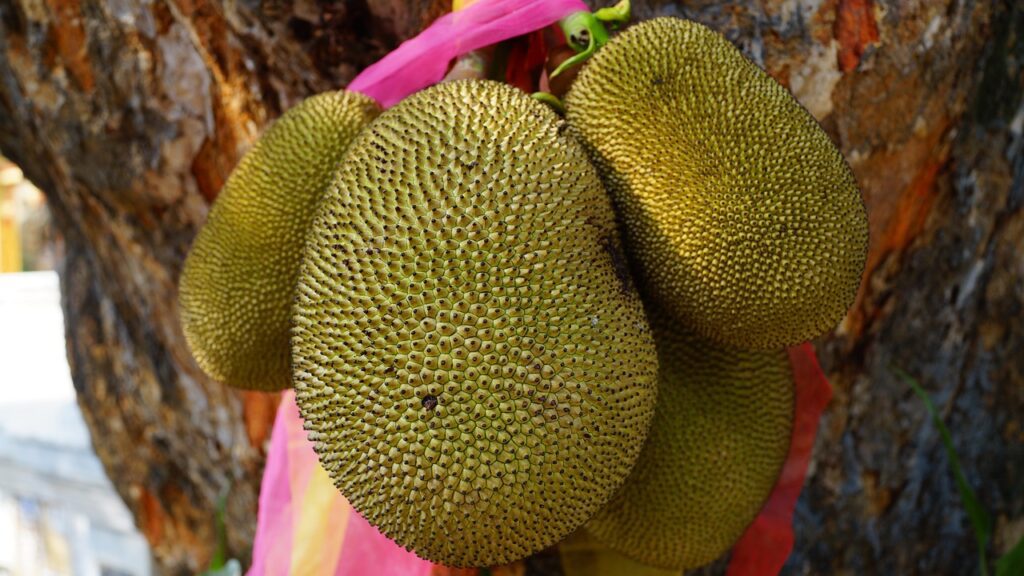
Jackfruit is a massive tropical fruit native to southwest India. It is gaining global popularity as a meaty plant-based ingredient. Jackfruit, which belongs to the fig family, with some weighing up to 80 pounds. Jackfruit is popular among vegetarians and vegans as it mimics the texture of pulled pork when cooked. Jackfruit is also high in fiber, potassium, and vitamin C.
20. Jam
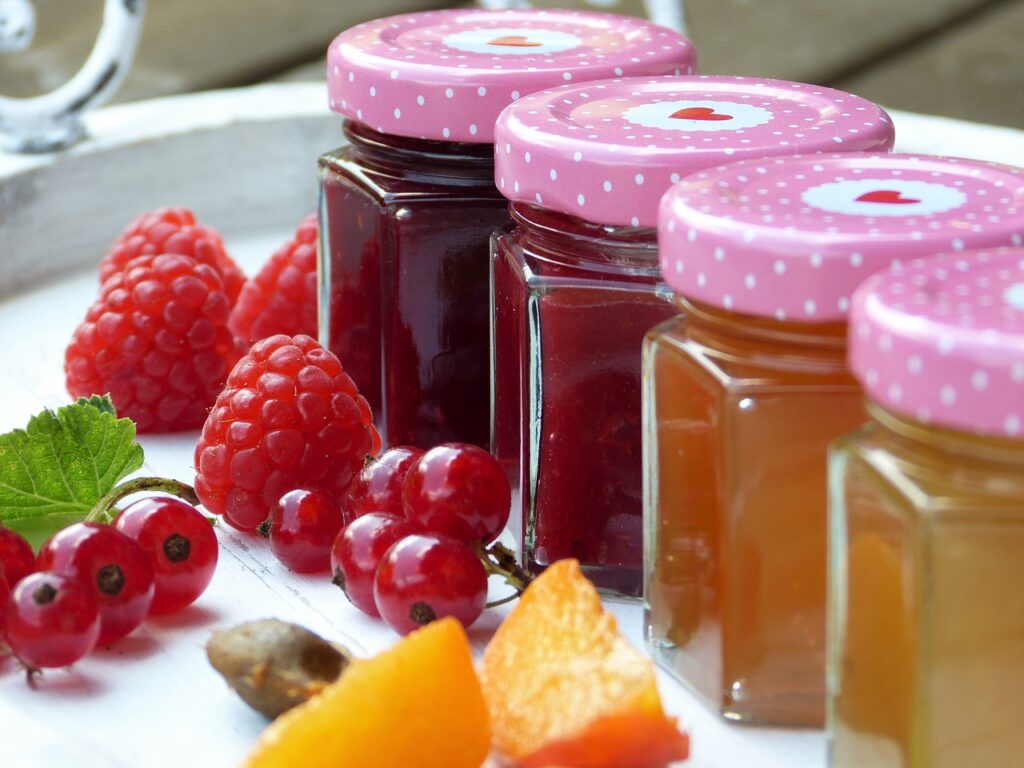
Jam is a sweet and spreadable fruit preserve. The word “jam” is thought to have come from the Old French word “jambon,” which means a sweet, fruit-based concoction. Jams were originally created to preserve fruits by using sugar as a natural preservative.
The art of jam-making thrived in the 17th century, coinciding with the widespread availability of sugar. Jams are now available in many flavors, with berries, citrus fruits, and stone fruits being popular options. Jams are used in baking, cooking, and as accompaniments to various dishes.
Conclusion
There you have it, a comprehensive list of foods beginning with the letter J. From the savory and aromatic jambalaya to the refreshing crunch of jicama from Central America. Each food item tells a story of cultural heritage and distinct flavors. Good luck when trying out the new foods you have discovered!